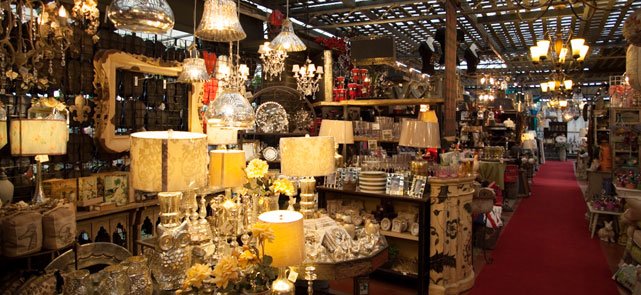Art Knapp Articles
Edible Landscaping is Taking Root in Vancouver
in Inspiration.jpg)
What is edible landscaping?
Edible landscaping is the integration of food-bearing plants within a decorative garden. The same design principles for a decorative garden are used, but with substituting edible plants for some of the otherwise unproductive plants typically used in a decorative garden. Using edible plants in landscape design can enhance a garden by providing a unique ornamental component with additional health, aesthetic, and economic benefits. Edible landscaping is typically a mixture of edible and non-edible plants to keep a balance between beauty and usefulness.
Homeowners in all climates can benefit from plants such as cherry tomatoes, flavourful basils, dwarf apple trees, and more. There are tasty and beautiful edible plants for just about any garden setting. The sunniest spots should be best used for fruit trees and annual vegetables, but some culinary herbs suit rocky and poor soils just fine, and some perennial edibles do well in wet spots.
With edible landscaping, one of the most important goals is diversity of the food available to you, not just the way your yard looks. Adding edible plants to your garden provides a great mix of textures, forms, and colours that are not always typical to a decorative landscape. Strong lines such as pathways, patios, and planters can help to balance out the additional textures in your garden from the edible plants.
With any edible garden, it is usually best to start small and simple – adding to the garden as you become used to the levels of maintenance required and as you learn what your garden will look like in each stage of growth. Expect trees and shrubs to take at least a few years to start to mature.
An edible landscape is one of the most rewarding yards that a family can have – for both looks and practicality.
You can learn out about modern landscaping, edible o otherwise in our gardening resources page.









